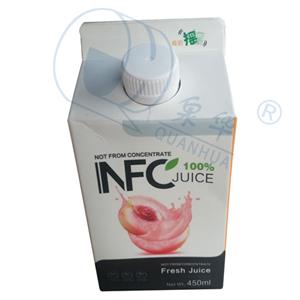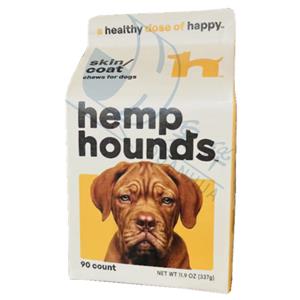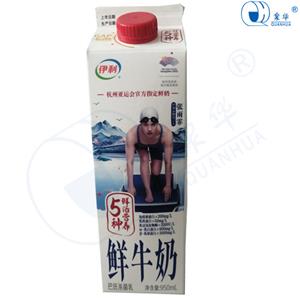A milk box that should not be underestimated
A milk box that should not be underestimated
Have you drank milk today?
Have you ever noticed the milk carton in your hand?
Do you think it is just an ordinary paper box?
…

wrong
It's a cardboard box, but it's anything but ordinary
Let us take a look today
What’s the secret behind the milk cartons you throw away after drinking every day

Milk packaging family
There are many types of milk packaging on the market, the most common ones are
glass, plastic bags, cartons, and some cans and plastic bottles.
glass bottle milk
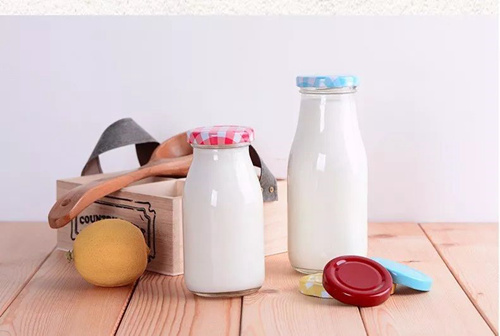
Glass bottles are the most traditional milk packaging.
They are environmentally friendly, reusable, and low-cost and are deeply loved by the urban milk distribution industry. Most of the milk we order at home every day is packaged in glass bottles. But its shortcomings are also obvious. The glass is fragile, heavy, and the milk can be stored for a short time, making it difficult to transport milk in glass bottles over long distances.
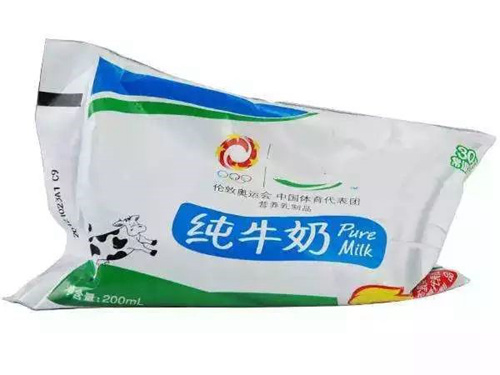
Bag Milk
Milk in plastic bags is what we usually call "bag milk". There are many types according to the different plastics used. The most common ones are Bailey bags (as seen in the picture above), Ecoline vertical packaging (bags) .There are inflatable handle designs on the edges), sterile plastic bags, etc. This kind of packaging has the lowest cost, but the recycling cost is high. Some inferior packaging has poor sealing performance, which affects the quality of milk.

Carton Milk
Milk packaged in cartons is the most common packaging on the market today, including Tetra Pak, Combibloc, and Greatview (named after the company that produces the packaging, and the packaging composition is similar). There are many kinds, and the styles are the most varied. package of. Compared with glass and plastic bags, carton packaging has good sealing, light-shielding and shelf life. It is currently the most commonly used milk product packaging.
In addition to the above three common types, you can also see a small amount of plastic bottles (mostly yogurt) and cans (basically for modulated milk) in the market.
Seeing this, you will inevitably be curious: glass, plastic, and metal are actually waterproof, but paper becomes soft when it encounters water. How can it hold milk and drinks?
Although it looks like a carton, it has 6 layers of materials, 75% of which are cardboard, 20% of plastic, and 5% of metal aluminum foil, all of which are recyclable materials.
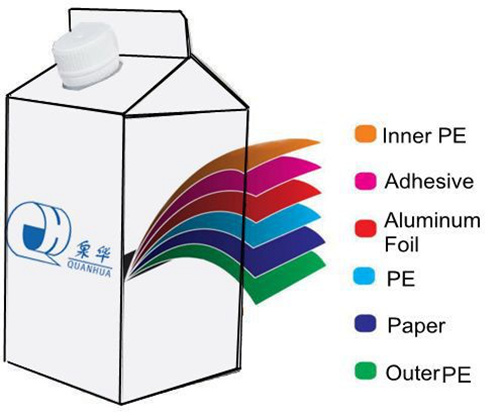
from outside to inside
The first layer is the polyethylene layer, which protects the graphic information on the surface of the packaging, blocks moisture and bacteria, and is heat-sealed into a box;
The second layer is cardboard, which is the base material of this type of packaging. It maintains the strength and toughness of the packaging material, and has exquisite graphic and text information printed on it;
The third layer is the polyethylene layer, which is the adhesive intermediary for aluminum foil and cardboard;
The fourth layer is aluminum foil, which can prevent ultraviolet rays, oxygen, odor and bacteria from entering the interior of the packaging body, and is also the heating medium during the filling process;
The fifth layer is sticky plastic, which is the adhesion medium between the inner polyethylene layer and the aluminum foil, effectively achieving aseptic packaging of acidic drinks;
The sixth layer is the polyethylene layer, which is a necessary material for heat-sealing into boxes to form sterile packaging.
Milk filling in gable top box is in a completely sealed state, which completely isolates the milk from air, bacteria, and light. The aluminum foil blocks various external factors that affect the quality of the milk during the filling and subsequent storage processes. Therefore, milk packaged in roof boxes can be stored at room temperature for a long time without adding preservatives, usually up to 3 to 6 months on the shelf.


